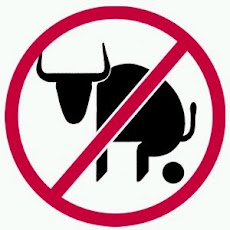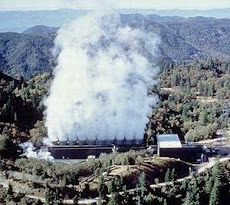By Steven Long
HOUSTON, (Horseback) – A Nephi, Utah, government contractor was paid $697,359 for a Nevada roundup of wild horses in the Calico Mountains. The roundup was held against the advice of federal judge Paul Friedman of Washington D.C. who wrote that holding wild horses in large privately owned facilities is likely against federal law.
At least 113 horses have died thus far, including two foals that shed their hooves after a helicopter stampede over rocky ground in the dead of winter. A BLM vet has acknowledged that the roundup was the likely cause for the foals to lose their hooves in an excruciatingly painful end of their lives.
Information on fees paid by the federal Bureau of Land Management to Cattoor Livestock Roundup, Inc. was released late Friday to Horseback Magazine by Deputy Division Chief Dean Bolsted of the agency’s Wild Horse and Burro Program.
The large number of deaths in the roundup is unusual.
In 2008, 45 percent of the roundups resulted in at least one fatality, and on one in Nevada, 27 horses died. The total number of deaths through injury or for other reasons totaled 126 animals that year.
Alternatives to the helicopter stampedes approved by the agency include baiting and trapping, however, BLM directs the type of capture when a “gather” is scheduled.
According to Bolsted, government horse capture contractors are paid for the number of horses captured, feeding and watering for animals kept at the gather site overnight, and transport of animals from the capture site to designated short term holding facilities such as Fallon.
Private landowners in a capture area do not reimburse the government for removing wild horses from their property. The animals are often considered a nuisance to western ranchers and have been sometimes referred to as “the cockroaches of the west” by some.
The percentage of dead horses on BLM roundups in 2009 was slightly worse than the previous year at 46 percent resulting in at least one horse death. A mid-summer Wyoming gather proved fatal to 11 horses – tiny by comparison to this year’s Calico roundup.
As of late 2009, a total of 205 horses over a two year period died at the agency’s hands during roundups to thin the herds despite the vastness of the lands managed by BLM. The agency controls almost 260 million acres, much of it is vacant, and over a million cattle graze unmolested on the land, some of which was once reserved for wild horses. The number of 205 dead horses does not reflect the number of foals lost due to miscarriages.
Asked by Horseback Magazine if BLM plans to launch an internal investigation, Bolsted said, “No internal investigation of deaths is planned.”
The roundups by BLM have drawn protests from coast to coast. The next is planned for Washington D.C. on March 24, when activists will set up shop across from the North Front of the White House in Lafayette Park.
The BLM response to the burgeoning scandal has been a proposal to set aside seven wild horse refuges, dubbed “Salazoos” by activists after Interior Secretary Ken Salazar, a former Colorado rancher.
Sen. Mary Landrieu and others have called for a Congressional investigation of the Bureau’s Wild Horse and Burro Program which administers the animals under the 1971 Free Roaming Wild Horse and Burro Act, or “Wild Horse Annie Law,” named for the late Velma Johnston of Reno.
Horseback Magazine has repeatedly sought an interview with BLM director Bob Abbey, who has thus far turned a deaf ear to repeated requests.
The captured Calico horses are currently held at the BLM’s Fallon, Nevada, holding facility. Neither press nor public are allowed to observe the agency’s treatment of the animals, conduct a census, or to spend prolonged periods in their presence. The gates are opened to infrequent and tightly controlled viewing by small screened groups for one and one half hours. Only one reporter or photographer will be permitted from each media outlet during the next scheduled viewing.
Press and public were also not allowed unfettered access to observe the Cattoor roundups of horses in the wild. Horseback Magazine offered to have only experienced mounted journalists and wildlife experts in the field with company and BLM wranglers to observe the helicopter roundups.
Armed guards were on site to prevent observation of the "gather," as was the case in late 2009 at Montana's Pryor Mountain when the iconic wild horse, "Cloud" was captured. The horse was the star of three PBS specials by Emmy award winning documentary filmmaker Ginger Kathrens.
Kathrens will speak at the Washington D.C. rally
Subscribe to:
Post Comments (Atom)



















No comments:
Post a Comment